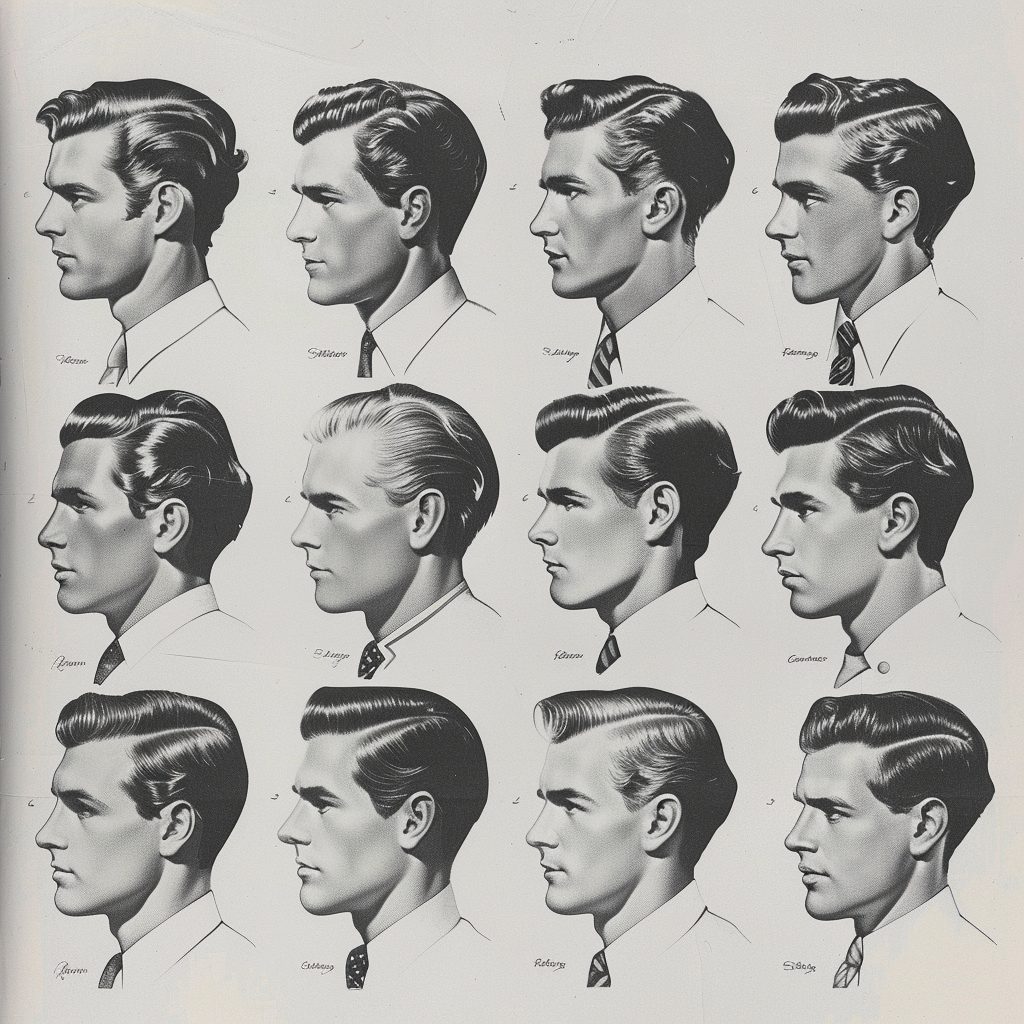This barbering sector holds a crucial role in personal grooming and self-care. However, it is vital to prioritize the health and security of both customers and stylists in this environment. Effective sanitation and protection standards are paramount for maintaining cleanliness standards, avoiding incidents, and ensuring a positive interaction for everyone involved. By adhering to these regulations, barbers can establish a safe environment that fosters trust and comfort among clients.

One key component of well-being and hygiene in barbering is sanitation. Stylists must comply with rigorous hygiene practices, including frequent disinfecting of tools and workstations. This includes sanitizing scissors, clippers, and combs after every use to remove the possibility of transmitting germs or infections. Additionally, barbers should use clean gowns and linens for each individual to promote a sanitary environment. Applying these measures not only safeguards clients but also enhances the credibility of the barbering establishment.
An additional critical requirement addresses the proper handling of chemicals used in styling services. Items such as coloring agents, relaxers, and other styling agents can present hazards if not managed correctly. Barbers must follow safety protocols for the containment and application of these products to prevent dermal reactions or allergic reactions among clients. Wearing gloves and providing sufficient airflow during procedures are crucial measures that professionals should implement to protect customer well-being while offering high-standard services.
Accident prevention is also a vital component of wellness and security requirements in barbering. Barbershops should be designed with safety in mind, minimizing dangers such as wet surfaces or disorganized areas. Team members should be trained in emergency procedures, including how to manage lacerations or thermal injuries that may happen during treatment. Supplying medical supplies and confirming that all team personnel know their placements is an effective way to anticipate unexpected events. professional barber shop By emphasizing preventative actions, practitioners can maintain an atmosphere where patrons feel safe and well-attended.
Lastly, clear interaction is key to ensuring client wellbeing in the barbering industry. Barbers should engage with clients about their needs and any potential risks linked to the treatments provided. This involves reviewing sensitivities to chemicals or prior negative experiences reported by individuals. By fostering open dialogue, professionals can develop rapport with their customers while delivering that they get customized attention aligned with their unique requirements. Ultimately, upholding health and men's barber shop safety regulations will lead to improved client experience and a successful haircare practice.